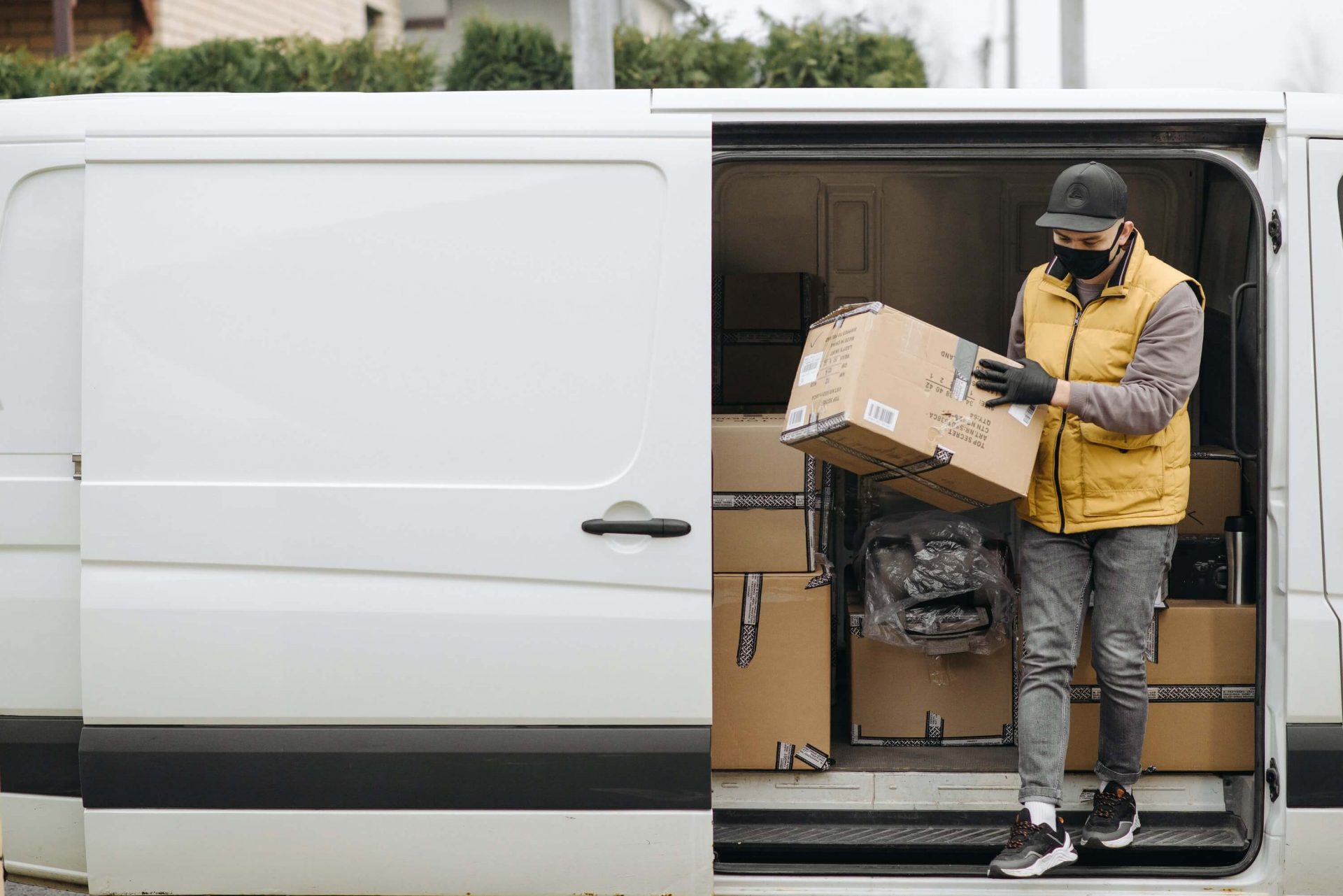Whether you own an upright or a baby grand, moving a piano is not an easy task. Not only are these massive instruments cumbersome, but they’re expensive and can be easily damaged during a move. If you’re contemplating an upcoming relocation and don’t know what to do with your piano, we’ve come up with some tips for you! Thanks to Charlotte piano moving company Cheap Movers Charlotte for answering all our questions.
1. Determine the Weight of Your Piano
Before you even start the moving process, do some research to figure out how much your piano weighs. The size of your piano will help you determine the equipment you need and the number of people you’ll want on-site to lend a hand. Small pianos may only weight a few hundred pounds, while full-size grands could weigh over half a ton!
2. Take Measurements
Measure your piano prior to your move to determine how large of a vehicle you will need to transport it. You will likely need to rent a moving truck to have adequate space to accommodate this instrument. If you have an extra large piano, you may want to consider hiring professional movers.
3. Don’t Roll the Piano on Its Casters
Most models of pianos come with small wheels attached to each of the legs. Though it might seem easy enough to roll the piano around on these, they aren’t as functional as they look. Because the full weight of the piano is distributed to 3-4 tiny wheels, it means there is a lot of pressure on each leg. If a wheel gets caught, it could cause a leg to snap off. Attempting to roll your piano could also destroy your flooring – gouging your hardwoods or tearing up your carpet. Though it might be tempting, just don’t do it!
4. Use a Moving Dolly Instead
Instead of using the piano’s wheels, you’ll want to invest in renting or buying a sturdy moving dolly instead. Position the piano on the dolly so that the weight is equally distributed. The dolly will make getting the instrument onto the moving truck much easier than trying to lift it. While upright pianos may be left intact for the move, grand pianos should be broken down. Remove the legs, lyre, and music rack, before attempting to load the piano onto the dolly. You’ll also need a piano skid board to safely transport a grand piano. The piano rests on the skid board which is then affixed to the dolly for rolling.
5. Cover with Moving Blankets
To prevent your piano from getting damaged, make sure to cover it with moving blankets before transporting. Blankets will keep your piano from getting scratched, dented, or worse during the move.
6. Loading the Piano onto the Moving Truck
Bear in mind that when pushing the piano up the moving ramp onto the truck, most of the weight will shift to the downhill side. Make sure to have plenty of hands ready to muscle the piano safely up the ramp. Once on the truck, secure the piano to the side of the vehicle with straps or tie-downs.
7. Consider Hiring a Professional Mover
As you might see from reading this article, moving a piano is tricky business. It’s expensive getting the right equipment to do the job properly and requires a lot of people to assist. Even if you feel prepared to tackle your piano move, this may be something that’s best left to the professionals. You may find it’s cheaper than trying to do-it-yourself, and it’s sure to be a lot easier! If you’re looking for affordable piano movers check out these cheap Charlotte moving companies.

